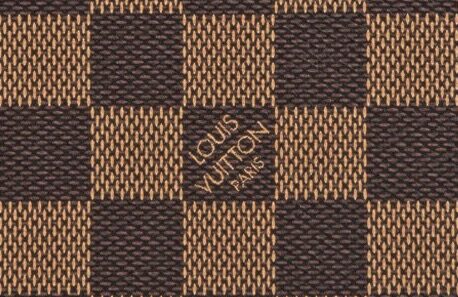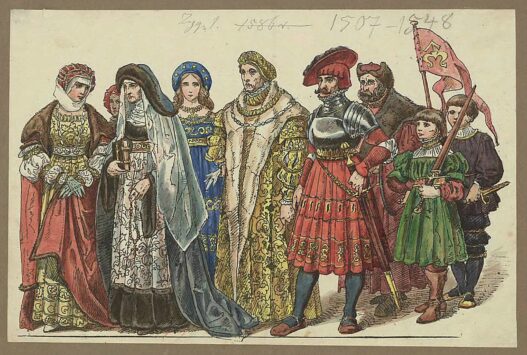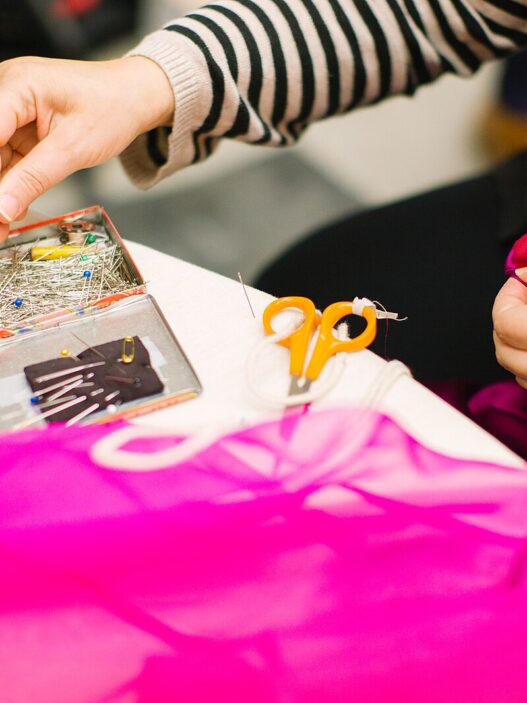Imagine if a time traveller were to come from the 1920s with drawings for an avant-garde fashion trend that never happened. But if some designer revives that long-lost idea today, who owns the intellectual property (IP)? This article will examine the intersection of time, innovation, and IP law to analyse whether those sets of fashion can be brought back from the cutting-room floor using the existing copyright, trademark, or design protections.
Fashion as Intellectual Property: The Legal Landscape
When it comes to intellectual property law, fashion has always been situated in a fairly grey area. Clothing designs, as such, historically have not been granted strong copyright protection, unlike works of literature or music. In fact, in Fashion Originators’ Guild of America v. Federal Trade Commission, the Supreme Court rejected the designers’ bid to control knockoffs, thereby prioritising competition in the market. However, newer cases like Star Athletica, L.L.C. v. Varsity Brands, Inc. would set the precedent for copyrighting separable design elements of the garment.
A significant question arises within the time travel framework: Can a design that was previously devoid of copyright protection suddenly gain it when reintroduced? Under extant U.S. copyright laws, copyright protection only comes into being as applied to original works fixed in a tangible medium. If the design had either never been registered or protected when it was created, then there is a chance that it is free for all to use as it is now in the public domain.
The Role of Trademark and Trade Dress
Trademark laws are among the most important means of protection for fashion brands. The Lanham Act provides for the legal protection of distinctive marks that denote the source of the goods. The fashion houses, Hermès and Burberry, have successfully protected their signature designs under trademark law, as in Burberry Ltd. v. Target Corp and Hermès Int’l v. Rothschild. If a once-forgotten fashion trend was ever associated with a well-known brand, that brand might argue trademark infringement if the design were ever resurrected.
Nevertheless, for trade dress protection- that is, protection for the product’s overall appearance- to apply, the design must have acquired secondary meaning. This means that, before the IP protections are applied, the trade-in style would have to be seen and understood by consumers to link the resurrection with a particular brand. If a long-forgotten design never achieved such recognition, it would be uncertain if anybody would have any claims to it.
Historical Revival vs. Plagiarism: The Ethical Dilemma
Still, the debate over inspiration versus appropriation isn’t new to fashion. Fashion lawyers argue that such revival of old trends largely belongs to an era of reference and not to stealing, legally at least. However, designers who reap profits from rediscovered trends need to consider the ethical implications of their work, particularly if they profit from ideas born out of marginalised communities or repressed cultural movements.
In addition, the legal tussle over tattoo designs, Solid Oak Sketches, LLC v. Take-Two Interactive, raises a similar issue: If an artist’s work appears in an unexpected medium (like video games), do they have rights? And if a designer breathes new life into a much-derided or overlooked historical style, do the original creator or their heirs have any rights to it?
Historical IP Claims: Legal Precedents
Some legal disputes narrate how courts treat historical IP claims. The following trademarks relate to the area of fashion design in history:
- Burberry Ltd. v. Target Corp. – The case mainly concerns the unauthorised use of the Burberry check, establishing a precedent for trademarking historic fashion designs.
- Hermès Int’l v. Rothschild – A contemporary case that grapples with the intersection of NFTS and fashion branding, posing questions regarding digital ownership.
- Star Athletica, L.L.C. v. Varsity Brands, Inc. – Gave insight into when clothing designs are copyright-protectable. Whereas these cases have not had direct recourse to the ideas of time travel, they give an idea of how courts treat ownership disputes involving historical designs that have been given a new market introduction.
Future of Time-Traveller’s IP: Legal Reforms and Considerations
With increased accessibility to technology and historical archives, lawmakers must revisit certain IP frameworks to address ownership disputes arising from the rediscovery of designs. Possible reforms include the following:
- Advancing copyright registries to allow posthumous design registration.
- Providing a mechanism for heirs or original creators to reclaim intellectual property rights lost on account of the failure of the design.
- Establishing an ethical framework for designers who adapt historical trends.
International treaties like the Berne and Paris Conventions would influence how different jurisdictions operate on historical IP claims. Particularly within the context of digital and fashion, the new Directive on Copyright in the Digital Single Market issued by the European Union could also add further discussion.
Conclusion
However, legal questions can be answered now by what those forgotten fashion trends may conjure up for time travel- there is still a theoretical possibility of travelling through time. The results are what will come about from the commercial deadlocks as the designers borrow inspiration from the past, as they have been exposed to the complex web of copyright, trademark, and moral aspects in their works. While current IP jurisprudence sheds some light on the reformist concerns of dealing with rediscovered fashion trends, it will take future legal reforms to address matters in an equitable ownership fashion that allows for innovation while preserving historical integrity.



















